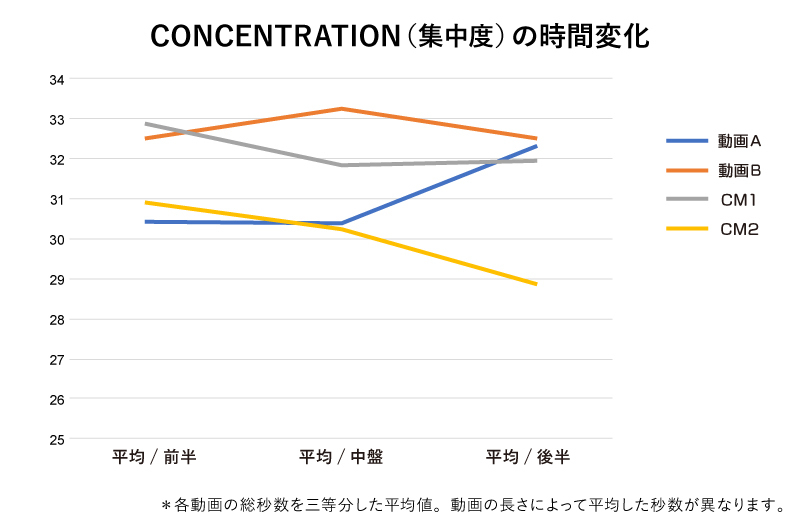YouTube videos are often said to be "effective," but many people probably don't know exactly what they're effective at or how. In our previous article, we introduced how YouTube creators' strengths relate to "reliability" (social credibility, tradition) and "credibility" (friendliness, likability, empathy). Reliability scores increase with broader recognition through media exposure, while credibility relates more to a personal emotional closeness.
So how exactly do videos created by YouTube creators close this emotional distance with viewers? And what changes occur in viewers' emotions when they watch these videos?
To uncover the facts that generate this "reliability" and "credibility," we conducted an emotional evaluation using "brain waves" with the cooperation of UUUM, which represents many YouTube creators. This time, we present the results of that investigation.
Understanding Emotional Changes Through Brainwaves! Utilizing the Latest Neuromarketing
People make judgments and take action while experiencing various emotions. When emotions change, electrical activity occurs in the brain. Brainwaves are the measurement of this electrical activity using electrodes placed on the scalp surface. Since the frequency patterns of brainwaves differ depending on the type of emotion, emotions can be defined based on these frequency patterns.
Dentsu ScienceJam Inc. utilizes this brainwave measurement technology for emotional insight to conduct neuromarketing. It measures emotions like "feeling stressed," "being focused," or "showing interest" on a per-second basis and quantifies them on a scale from 0 to 100.
While surveys and interviews could be used to evaluate video content like this, they burden respondents and may fail to capture genuine emotional shifts due to frequent viewer mood fluctuations. Furthermore, thoughtful responses might obscure true feelings.
Brainwave measurement, however, allows real-time data collection simply by wearing an EEG device, enabling viewers to remain fully focused on the content. Furthermore, by using brainwaves—a medium difficult to consciously manipulate—it reveals instinctive evaluations.
While EEG devices were once expensive and bulky, recent technological advancements have significantly miniaturized them. This makes measurement simple anytime, anywhere.

"Brain Behavior Insight"
For this study, we utilized "Brain Behavior Insight," Dentsu ScienceJam Inc.'s proprietary neuro-research platform.
This approach involves distributing measurement devices to participants' homes. Participants then enjoy videos in a relaxed state while at home, allowing us to collect their brainwave data, which is then analyzed on a dedicated server. This enables brainwave acquisition in an environment closely resembling actual YouTube viewing patterns, achieving speedy and cost-effective research.
Incidentally, this at-home research platform has also been effectively utilized in corporate R&D and marketing support, especially as venue-based research has become difficult due to the impact of COVID-19. Everything from recruiting participants to fitting them with EEG devices and conducting experiments is done remotely. This allows for the safe and secure measurement of consumers' stress levels and their real emotions during product use within their home environment.


Dashboard image
YouTube Creator Videos Activate the Brain More Than Commercials!?
This time, we conducted a survey with the cooperation of 56 participants. The subjects were videos by two YouTube creators affiliated with UUUM. Video A (produced by Creator A: just under 7 minutes) featured a sponsored challenge project, concluding with an introduction to the sponsoring company's service. Video B (produced by Creator B: just over 10 minutes) featured an explanation of actually using a new product, including an introduction to its features.
In other words, the subjects were two classic YouTube creator video patterns: "try-it-out" and "product review." For comparison, participants also watched two commercial videos (both 30 seconds) for services/products in the same category.
First, we mapped the distribution ratio of emotions (Valence: positive/negative) and brain activity (Arousal: active/inactive) every second during video viewing, using these two axes.
The results showed that YouTube videos were watched with highly active and positive emotions. While the commercials we analyzed were also of very high quality and elicited extremely positive reactions, the YouTube creator's video received an even more favorable response (as indicated by the higher percentage in the first quadrant during the four-quadrant analysis).
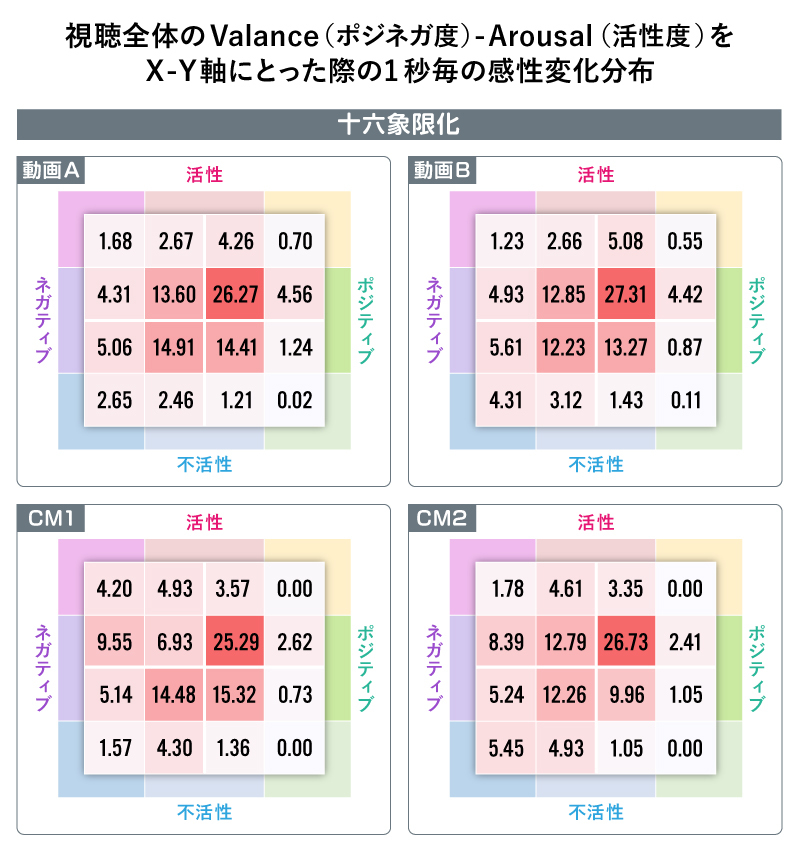
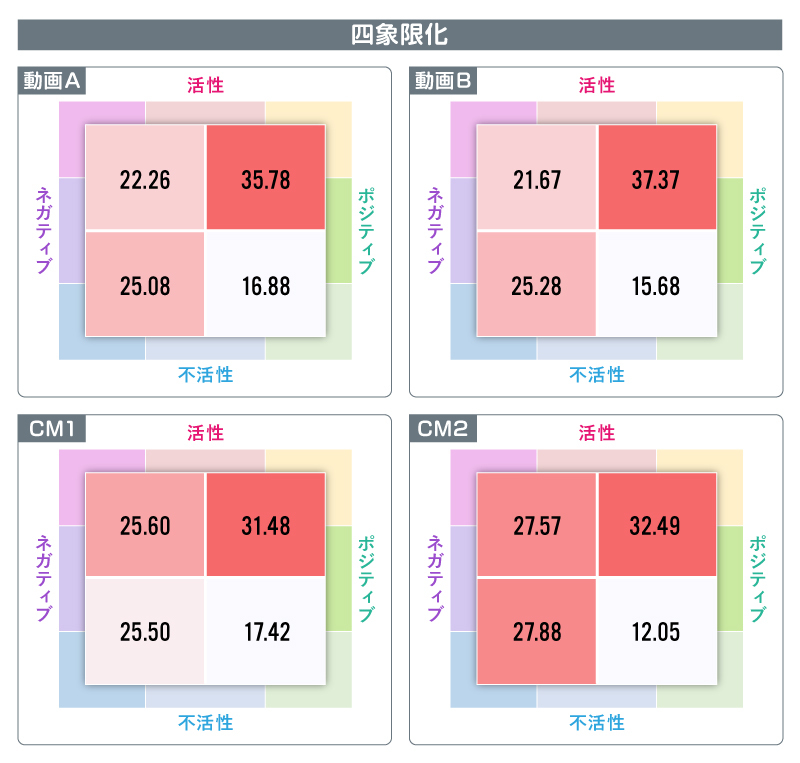
Furthermore, while viewers typically lose focus and become bored during the latter half of longer videos, Video B maintained sustained attention throughout, with viewers watching all the way to the final product introduction segment. Notably, Video A showed an increase in concentration levels during its latter half.
Furthermore, the most active scene in Video A was the climax of the scream-inducing challenge segment. Activity levels dropped before and immediately after this scene, changing as if synchronized with the creator's own emotions. In Mr. A's video, clear peaks and troughs were visible in both the timing of concentration and emotional fluctuations, following a distinct narrative arc.
While another study showed that videos featuring "highly recognizable talent" (i.e., high credibility) tended to increase interest and satisfaction, Mr. A's video demonstrated a similar effect.
Furthermore, while brain activity typically drops when viewers clearly perceive an "advertising message" during product or service promotions, YouTube creators' videos maintained high activity levels even during these segments. This indicates a highly positive response. Even when comparing only the promotional appeal segments in the latter part of the video to commercial clips, the metrics remained high and viewers remained focused. This signifies that the appeal content elicited positive reactions from viewers and functioned effectively.
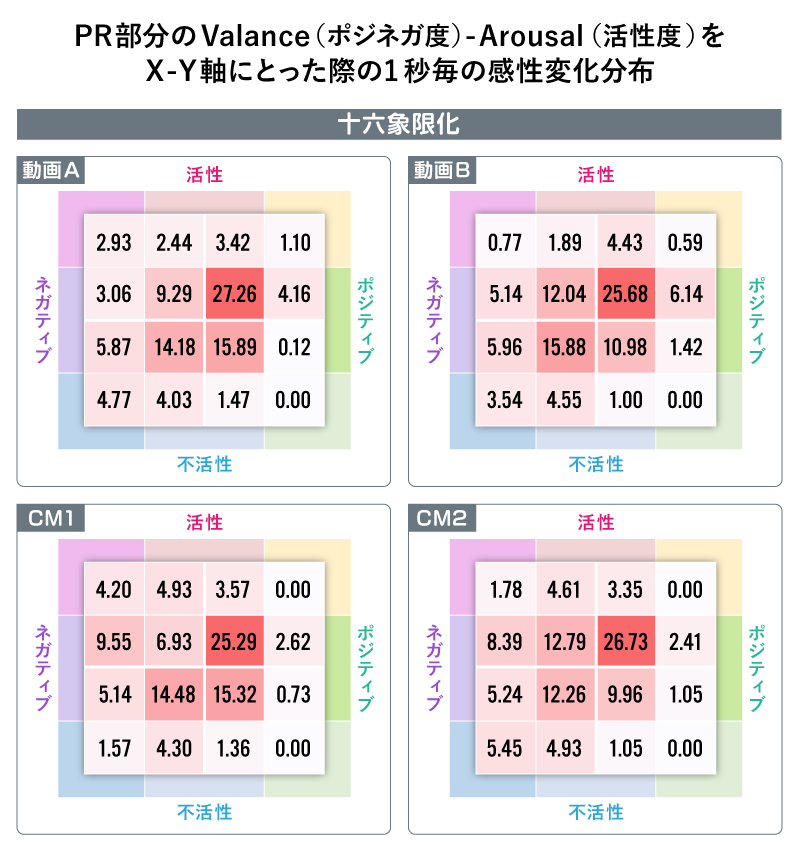
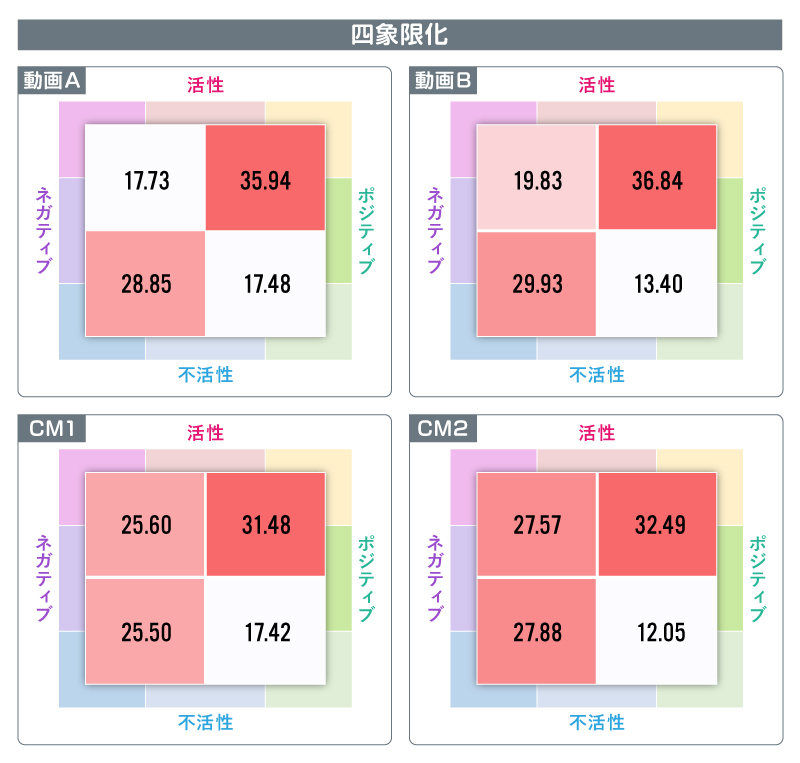
The YouTube Creator's Ability to Generate "Credibility"
In Part 1, we touched on the concept of "bounded rationality" (*), which also makes sense as a mechanism of the brain striving to conserve energy. When making decisions, the brain searches internally for "options that meet the conditions."
※ = Bounded rationality
This theory suggests that consumers do not "constantly examine every option in detail to choose the optimal one." Due to constraints on knowledge, time, and energy, they often become satisfied with the first "option that meets their criteria" they encounter and stop searching.
Similarly, in Part 1, we found that influencer-influenced consumers are "cautious buyers" who compare options based on whether they suit them. For them, the "credibility" of thinking "if this person says it, it must be okay" becomes a major "option that meets the criteria" during this comparison phase, potentially pushing them toward purchase.
Furthermore, the fact that viewers can watch PR content positively and attentively suggests that "trustworthiness" – the feeling of "This person's perspective is valuable, I'll take it as a reference" – is influencing them. These videos likely feel proactive rather than forced. Because the creator genuinely enjoys or believes in the product, this sentiment resonates with viewers. This shared feeling of authenticity likely makes the influencer feel relatable.This ability to evoke an "emotional resonance" with viewers is perhaps one of the remarkable aspects of the YouTube creators observed in this study.
The YouTube creators we studied, who are often called influencers, know how to make engaging videos and use clever structuring to effectively stir viewers' emotions. Visualizing this effect through brainwaves provided several pieces of "evidence." As experimenters, we found the results fascinating: aspects that clearly confirmed our expectations, unexpected features that emerged beyond our predictions, and similarities and differences only apparent through comparison.We hope to apply this as one method for video verification and evaluation going forward.
Next time, we'll speak with Yoshinori Ichikawa, who oversees influencer marketing at UUUM. Stay tuned.
[Survey Overview]
Research Firm: Dentsu ScienceJam Inc.
Survey Period: Late December 2019 (Quantitative survey utilizing Brain Behavior Insight)
Sample Composition: 56 men and women aged 20-39







